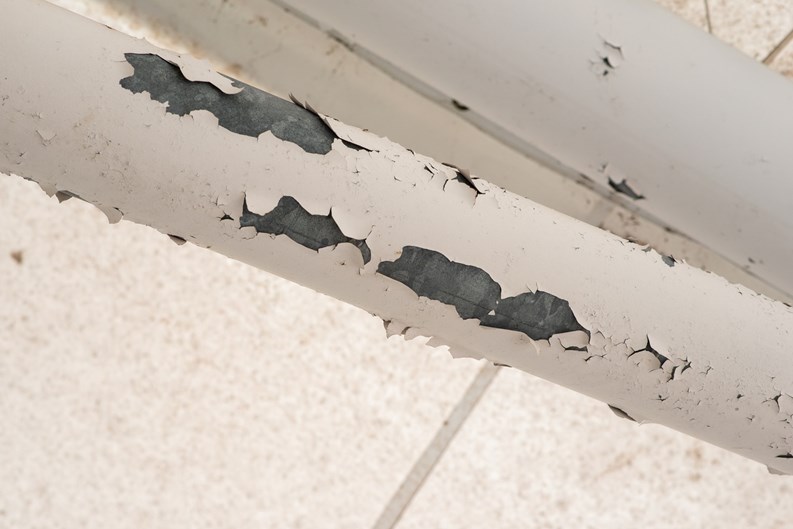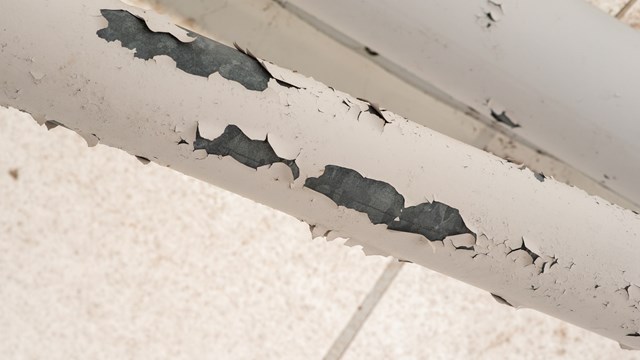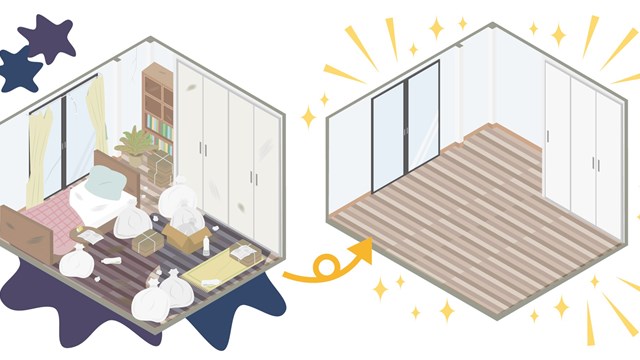According to a recent bulletin from the Council of New York Cooperatives and Condominiums (CNYC), all NYC co-ops and condos with more than three residential units are subject to Local Law 31, which requires XRF testing for lead-based paint in common areas and non-owner occupied units.
XRF testing uses X-ray fluorescence to detect and measure lead content in materials, particularly paint. It's a fast, accurate, non-destructive, method for finding lead, especially in older buildings where lead-based paint is often present. The process involves using a handheld XRF analyzer that emits X-rays that interact with any lead atoms in a given material. The emitted X-rays are then analyzed to determine the presence and concentration of lead in that material.
According to the CNYC, test results “do not need to be filed, but you must retain the records onsite for 10 years. Failure to complete the tests on time may result in a Class “C” violation which carries a penalty of $1,500 per unit and/or for the common area.”
The CNYC goes on to advise affected co-op and condo buildings:
If your building has leased/sublet/rented units, make sure that your governing documents clearly delineate responsibility for this testing, and that you obtain copies of the testing and/or documentation that multiple attempts were made to perform the testing.
If your building has an apartment for your superintendent or resident manager, make sure that you test their unit. If the superintendent has a child under the age of 6, follow the same procedures required in a rental unit regarding peeling paint and high friction surfaces.
If your building is completely owner-occupied AND home to any children under the age of six, you must test the common areas according to the published rules and FAQs. If your building is completely owner-occupied but no children under the age of six live in any of the units, information on the need to test the common areas is conflicting, but the linked FAQ states you must also test. For small (4-8) unit co-ops, the charge for testing appears to be in the range of $350-$500
If you already tested at 1.0 mg/cm2, you do not need to re-test to be in compliance. However, if you want to apply for an exemption you must retest at the lower level. These rules apply to buildings built before 1960, and those built between 1960 and 1978 if the board is aware of the presence of lead-based paint in the building.
Please refer to HPD’s FAQ for detailed information, and HPD’s video for a full explanation of the inspection process and where inspections must occur in common areas: https://youtu.be/Tt0jb4loU5Y?si=XpfeAmU4BV8x1xeD. Co-ops/condos are discussed at 43:53 and again at 1:28:10







Leave a Comment